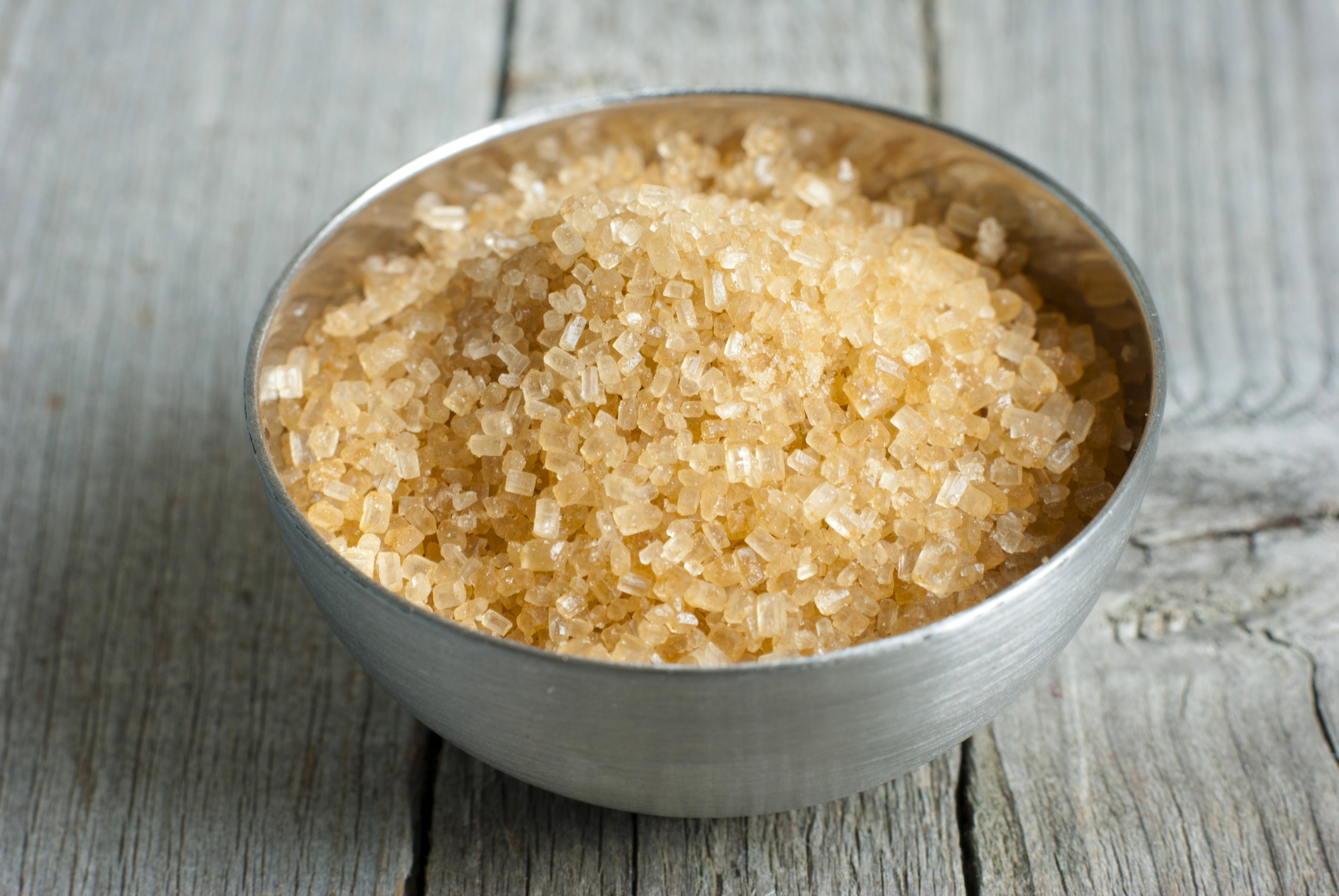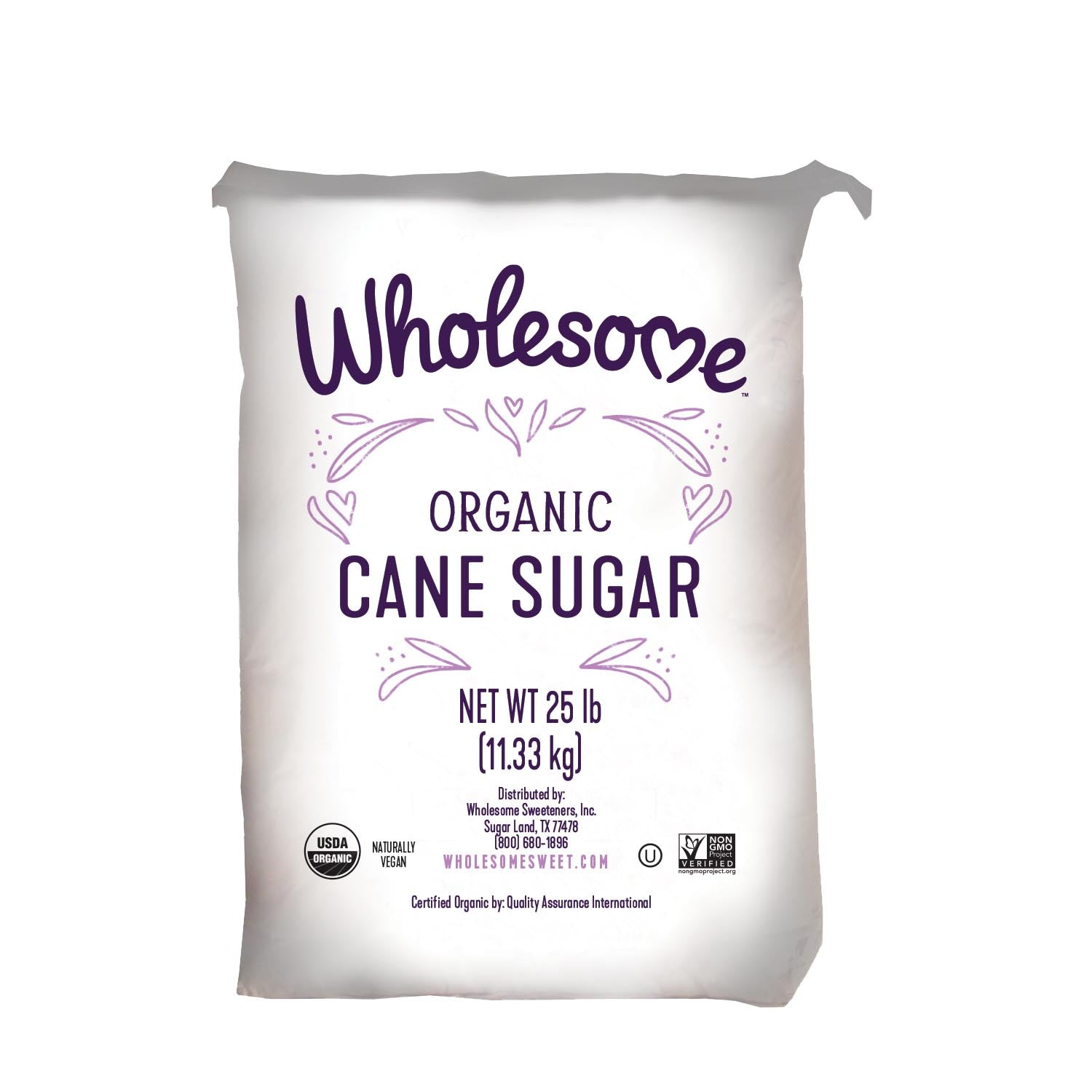Cane Sugar Processing Explained: What Occurs Inside a Sugar Mill
Cane Sugar Processing Explained: What Occurs Inside a Sugar Mill
Blog Article
An In-Depth Guide to the Environmental Effect and Sustainability Practices in Cane Sugar Processing
The ecological influence of cane sugar processing presents a complex range of difficulties that warrant cautious examination. From soil degradation and extreme water usage to the carbon footprint connected with growing and production, the repercussions of conventional methods are significant. On the other hand, the fostering of ingenious sustainability procedures uses a path toward much more responsible production methods. Understanding the interplay between these concerns is crucial for stakeholders in the industry. What specific techniques can be applied to strike an equilibrium in between efficiency and environmental stewardship? The solutions exist in a better look at both the difficulties and possible remedies.
Introduction of Cane Sugar Handling
Cane sugar handling entails a series of organized steps that change sugarcane into polished sugar. At first, collected sugarcane is moved to processing facilities, where it undertakes cleaning to get rid of soil and particles. Following this, the cane is crushed to remove juice, which is then made clear by removing impurities with home heating and the addition of lime.
The made clear juice undergoes evaporation, where water is eliminated to focus the sugar web content. These crystals are separated from the staying syrup utilizing centrifugation, resulting in raw sugar.
The end product is after that dried out and packaged for circulation. Throughout this whole procedure, maintaining efficiency and quality assurance is vital to guarantee the sugar satisfies industry requirements. Each action in walking cane sugar processing not only adds to the final product however also has ramifications for resource use and waste generation, setting the stage for discussions on sustainability and environmental effects connected with sugar production.
Environmental Obstacles of Manufacturing
The manufacturing of walking cane sugar offers numerous substantial ecological difficulties that warrant interest. One main problem is the extensive use agrochemicals, consisting of chemicals and plant foods, which can cause soil deterioration, biodiversity loss, and contamination of regional water resources. The overflow from sugarcane areas often lugs these chemicals into neighboring communities, interrupting water life and impacting the wellness of areas reliant on these water bodies.
An additional difficulty is the high energy intake connected with sugarcane processing. The boiling and refining stages call for considerable heat, primarily created by shedding nonrenewable fuel sources, adding to greenhouse gas discharges. Furthermore, the expansive land location required for sugarcane farming can cause deforestation and environment damage, further aggravating climate change and harmful wildlife.
In addition, the labor methods in some regions elevate ethical problems, as workers might deal with bad working conditions and insufficient salaries. This scenario usually continues a cycle of poverty in regional communities. Cane Sugar Processing. Attending to these environmental obstacles is important for developing more sustainable practices in walking stick sugar manufacturing, ultimately profiting both the environment and the areas involved in this market
Water and Land Usage Impact
Water resources and land application are vital parts in the cane sugar industry that significantly impact the atmosphere. The farming of sugarcane requires considerable water input, with price quotes recommending that it can consume as much as 2,000 litres of water per kilogram of sugar created. This extensive usage of water frequently brings about depletion of local water resources, impacting not just the sugarcane haciendas but also surrounding ecological communities and areas that rely on the same water sources for agriculture and domestic use.

Additionally, land use for sugarcane cultivation can cause logging and the conversion of all-natural habitats into monoculture haciendas. This practice diminishes biodiversity, interrupts local ecosystems, and adds to dirt degradation. The growth of sugarcane areas commonly encroaches on useful farming land, creating competitors for sources between food and biofuel manufacturing.
Lasting practices, such as enhancing watering strategies and executing plant turning, are important to alleviate these influences. By adopting more effective water usage and land monitoring techniques, the walking stick sugar sector can lower its ecological footprint, making sure an equilibrium between farming performance and ecological conservation.
Greenhouse Gas Emissions
Greenhouse gas emissions represent a considerable environmental worry within the walking cane sugar handling sector, particularly as agricultural methods broaden to satisfy worldwide need. The growing of sugarcane, a plant that grows in exotic environments, counts greatly on artificial plant foods and chemicals, which add to nitrous oxide emissions. Additionally, land-use changes, consisting of logging for brand-new sugarcane haciendas, launch co2 kept in plants and dirt.
During handling, energy consumption is another significant source of greenhouse gas emissions - Cane Sugar Processing. Many sugar mills make use of nonrenewable fuel sources to power machinery and create warm, leading to considerable carbon impacts. Moreover, the transportation of raw sugarcane and ended up products adds layers of exhausts with fuel burning in vehicles
The advancing result of these emissions worsens environment change, posturing risks not only to the environment but additionally to the long-lasting viability of the industry. Stakeholders must identify the immediate demand for detailed methods that attend to these emissions. This includes assessing present farming methods, refining approaches, and transport systems to recognize locations see page for enhancement and reduction. Attending to greenhouse gas discharges is necessary for fostering a much more lasting walking cane sugar market in a transforming climate.

Lasting Practices and Innovations
Sustainable techniques and technologies are progressively vital in the walking cane sugar processing sector as stakeholders seek to reduce ecological impacts while maintaining efficiency. One significant innovation is the application of incorporated crop monitoring, which optimizes source use by incorporating soil administration, pest control, and plant turning methods. This strategy improves return while minimizing chemical inputs and maintaining soil health and wellness.
Moreover, the fostering of renewable energy resources, such as biomass from sugarcane residues, go has obtained traction - Cane Sugar Processing. By transforming waste items into energy, refining centers can lower their reliance on nonrenewable fuel sources, thereby lowering greenhouse gas discharges
Water monitoring practices have likewise seen renovations through the recycling and reusing of water in processing plants, dramatically reducing freshwater usage. Developments in modern technology, such as accuracy farming, enable farmers to keep track of plant wellness and source use better, making sure lasting farming techniques.
Furthermore, certification programs like Fair Trade and Rainforest Alliance motivate ecologically accountable farming methods and advertise social equity within the supply chain. By accepting these lasting methods and advancements, the walking cane sugar handling market can improve its durability and add positively to environmental stewardship.
Final Thought
The ecological effect of walking stick sugar processing provides significant challenges, including dirt destruction, high water intake, and greenhouse gas exhausts, together with honest issues associated to labor practices. Addressing these concerns via lasting methods, such as integrated crop monitoring, renewable resource adoption, and water recycling, is essential. By advertising socially fair and eco accountable methods in sugar manufacturing, the sector can alleviate its unfavorable effects, making certain an extra sustainable future for both areas and environments included in this sector.
Walking cane sugar processing entails a collection of systematic steps that transform sugarcane into refined sugar. Each step in cane sugar handling not only adds to the final item however also has ramifications for resource usage and waste generation, setting the stage for conversations on sustainability and environmental effects associated with sugar blog manufacturing.
Greenhouse gas emissions represent a significant environmental concern within the walking stick sugar processing market, particularly as agricultural techniques expand to fulfill worldwide need.Sustainable techniques and developments are significantly important in the walking cane sugar processing market as stakeholders look for to reduce environmental influences while maintaining efficiency.The ecological impact of cane sugar processing offers significant difficulties, consisting of dirt degradation, high water usage, and greenhouse gas exhausts, along with ethical worries connected to labor techniques.
Report this page